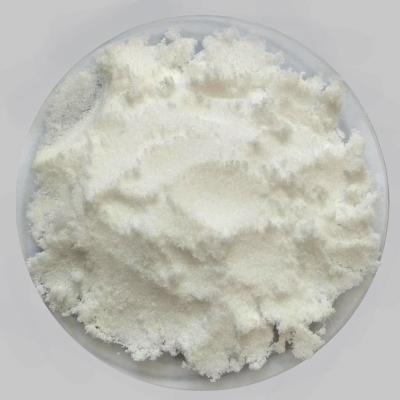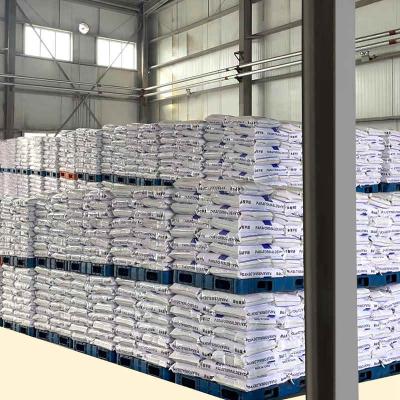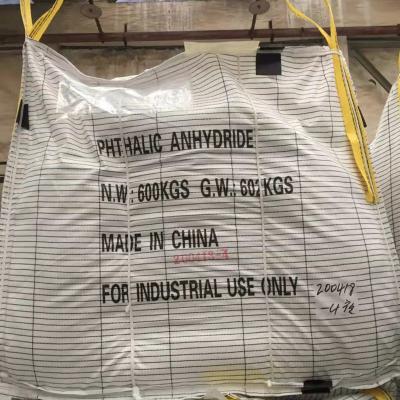2-Ethyl Hexanol (2-EH) is a versatile chemical compound widely used in industries such as plastics, coatings, and plasticizers. Its production involves a series of well-defined processes and precise control of process parameters. This article provides a professional, structured, and clear overview of the production technology of 2-Ethyl Hexanol.
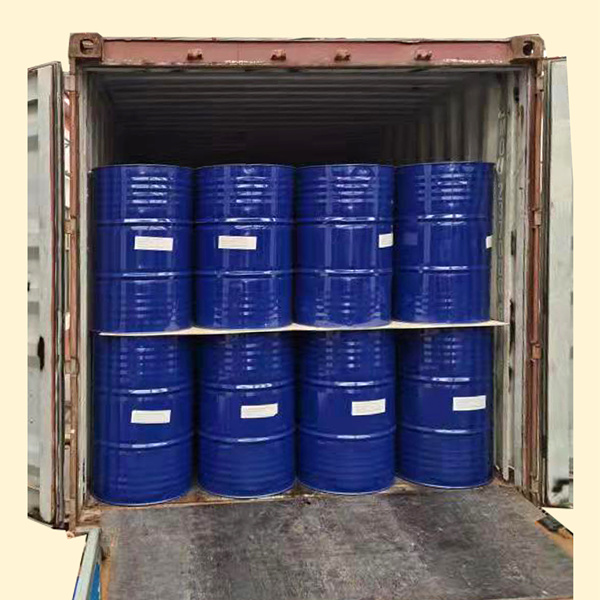
1. Raw Material Preparation
The production of 2-Ethyl Hexanol begins with the preparation of the raw materials. The main raw material is n-butyraldehyde, which is obtained from the oxo process. The oxo process involves reacting propylene with synthesis gas (a mixture of hydrogen and carbon monoxide) in the presence of a rhodium-based catalyst. The resulting n-butyraldehyde is then subjected to subsequent conversion steps to produce 2-Ethyl Hexanol.
2. Hydroformylation
Hydroformylation, also known as the oxo reaction, is a key step in the production of 2-Ethyl Hexanol. In this process, n-butyraldehyde undergoes a reaction with hydrogen and carbon monoxide in the presence of a cobalt-based catalyst. The reaction takes place under controlled temperature and pressure conditions, promoting the addition of hydrogen and carbon monoxide to the aldehyde group, resulting in the formation of 2-Ethyl Hexanol.
3. Purification
After the hydroformylation step, the crude reaction mixture is subjected to purification processes to remove impurities and unreacted starting materials. The purification may involve solvent extraction, distillation, or other separation techniques to obtain a high-purity 2-Ethyl Hexanol product.
4. Refining
The refined 2-Ethyl Hexanol may then undergo additional refining processes to further improve its quality. This may include treatment with acid to remove acidic compounds, such as fatty acids, and processes like molecular sieving or activated carbon adsorption to remove trace impurities. These refining steps ensure the production of 2-Ethyl Hexanol with the required purity and desired characteristics.
5. Quality Control and Analysis
Throughout the production process, rigorous quality control measures are essential. Various analytical techniques, such as gas chromatography, infrared spectroscopy, and mass spectrometry, are employed to monitor the composition, impurity levels, and physical properties of the 2-Ethyl Hexanol. Additionally, sample testing and analysis are performed at different stages to ensure compliance with quality standards.
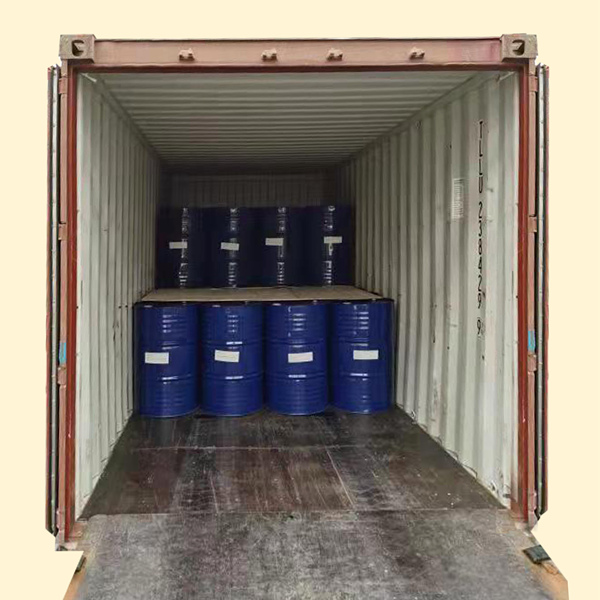
By employing these professional production technologies and adhering to strict quality control measures, 2-Ethyl Hexanol can be produced efficiently with high purity and consistency. Ongoing research and development focus on improving process efficiency, developing more selective catalysts, and advancing purification techniques to enhance the production technology and meet evolving industry requirements.
In conclusion, the production of 2-Ethyl Hexanol involves precise steps, including raw material preparation, hydroformylation, purification, refining, and quality control. With advanced technologies and strict adherence to quality control, the production of high-quality 2-Ethyl Hexanol can be achieved, supporting a wide range of applications in multiple industries.













